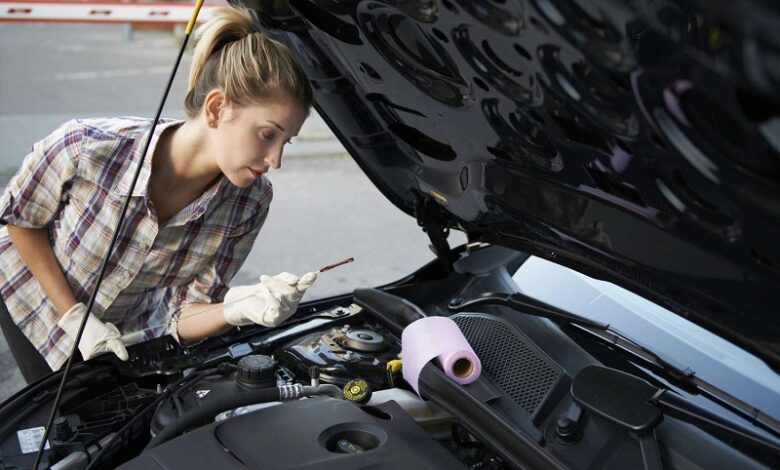How Automakers Design Horns to Meet Safety Standards

Car horns play a crucial role in road safety, acting as a primary means of communication between drivers, pedestrians, and other road users. To ensure they serve this function effectively, automakers must adhere to strict safety standards when designing horns. These standards ensure that horns are not only loud enough to be heard but also clear and consistent in their tone. A well-designed horn can alert others to potential dangers, making it an essential component of every vehicle’s safety system.
Decibel Level Requirements
One of the key safety guidelines for car horns is the required decibel level, which determines how loud the horn must sound. In most countries, the standard decibel level for vehicle horns is between 100 and 120 decibels. This ensures that the horn is loud enough to grab attention in noisy traffic conditions. The decibel level must be high enough to overcome the sounds of other vehicles, honking, and general street noise, but not so loud as to cause hearing damage to nearby individuals. Manufacturers carefully design horns to meet these decibel standards while maintaining clarity and effectiveness.
Tone and Frequency Considerations
Beyond loudness, the tone and frequency of a car horn are also subject to specific guidelines. Automakers must ensure that the horn produces a sound that is distinct and can be heard over various background noises. A clear, sharp tone helps increase the horn’s effectiveness in alerting others. The frequency of the horn’s sound is typically designed to be in the mid-to-high range of human hearing, making it most noticeable and less likely to be confused with other vehicle sounds. These design choices help ensure the horn’s reliability in all driving conditions. This is where choosing the Auto Repair in Thomas, Ga based service would be most essential here.
Durability and Longevity
Horns are designed to withstand the harsh conditions of driving, from extreme temperatures to exposure to moisture, dirt, and debris. Automakers must consider the durability of the horn system to ensure it functions reliably throughout the lifespan of the vehicle. This includes selecting materials that resist corrosion, prevent wear, and protect against electrical issues that could affect the horn’s performance. To meet safety standards, manufacturers conduct rigorous testing to ensure horns remain functional in all environmental conditions.
Legal and Regulatory Compliance
Automakers must also adhere to legal and regulatory standards set by government agencies regarding horn design. In the United States, the National Highway Traffic Safety Administration (NHTSA) sets specific rules governing horn specifications, including the required decibel levels and acceptable frequency ranges. Similarly, other countries have their own regulatory bodies that enforce these guidelines. Failure to meet these standards can result in costly recalls and safety violations, making it crucial for manufacturers to design horns that comply with these strict requirements.
Automakers design horns to meet strict safety standards, ensuring that they are loud enough, clear in tone, durable, and compliant with legal regulations. These considerations make the car horn an essential tool for driver safety and effective communication on the road.

